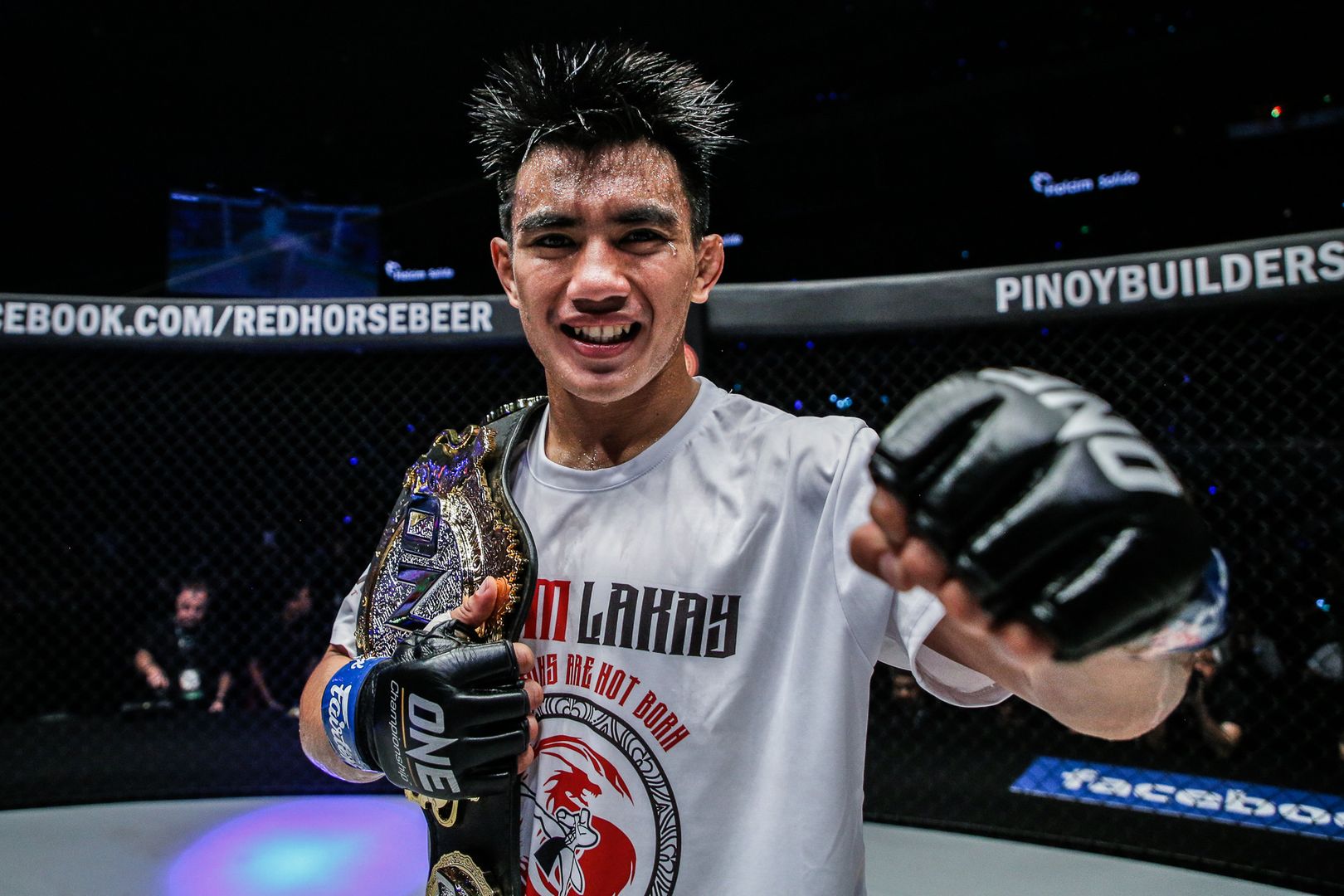A Day In The Life: How Elite Muay Thai Fighters Train For Battle

Discipline is at the forefront of martial arts, and that’s why Muay Thai fighters like Jackie Buntan devote long periods of time to staying in shape and honing their craft. That lifelong commitment is what turns talented upstarts into ONE World Champions.
Next, Buntan will take on teen sensation Smilla Sundell for the inaugural ONE Women’s Strawweight Muay Thai World Title at ONE: Eersel vs. Sadikovic on Friday, 22 April, and there’s no doubt her intense training helped her reach this point.
While Muay Thai fights in ONE Championship are a rigorous test of endurance – lasting up to 15 minutes if gold is on the line – the preparation takes countless hours. And as event day gets closer, athletes raise the stakes by training as much as six days a week.
With that in mind, let’s pull back the curtain and reveal what a typical day of training looks like for Buntan and other Muay Thai fighters in ONE.
Two Separate Training Sessions
Typically, professional fighters have morning and afternoon training sessions that last for two hours each. Various exercises comprise each of them and help athletes build physical attributes that will benefit them in a Muay Thai fight.
Some competitors like Buntan, however, find that having a set training schedule does more for the mind than the body.
The Filipino-American told ONEFC.com:
“It’s more so the discipline and the routine. I love the routine. I really cherish that just because it keeps me on my grind, it keeps me disciplined and focused. Without that routine, then my mind tends to wander.”
Putting Shoes To The Pavement
Before these sessions take place, Muay Thai training starts with a morning run of three to five miles. Slow, long-distance running builds up cardio so athletes can sustain their stamina during fights.
Running also helps them get loose for their next training activities.
Moreover, coaches might have their athletes run sprints during fight camp to elevate their maximum oxygen consumption – knowns as their VO2 Max.
Improving this metric makes it easier for fighters to maintain an optimal pace, even if their bout goes the distance.
Mastering Moves Via Shadowboxing
Muscle memory leads to better movement inside the Circle.
In fact, throwing combinations or evading strikes from an opponent becomes second nature for those who repeatedly shadowbox during training – and this is what usually follows a morning run.
Shadowboxing is also an effective way to practice specific techniques and combinations for an upcoming contest. Fighters visualize themselves in action against their rival while conducting a series of punches, kicks, knees, elbows, and parries.
This exercise usually goes on for two rounds after roadwork and happens at a deliberate pace.
Practicing Combinations With Pad Work
Part of a fighter’s training session is dedicated to hitting Thai pads, and this could go for three to five rounds.
Pad work helps athletes work on their range, speed, and power while making certain combinations flow naturally.
It’s also an effective way to enhance timing, especially when the trainer calls for a specific attack. The pad holder may even attack back, which helps with defense and really pushes a fighter.
For Buntan, pad work is an essential part of training that greatly benefits her – even away from competition:
“If I know I’m putting in the constant work and constant grind every day, that gives me confidence in my game plan, and even outside of Muay Thai it gives me confidence in life.”
Hitting The Bag
If the pads are for attacking with speed and range, bag work is ideal for power and footwork.
On the bag, fighters might spend time practicing jabs, push kicks, roundhouse kicks, and switch kicks. They might also focus purely on boxing. Or, they might put everything together.
Aside from hitting the heavy bag, athletes might also use pole bags, wall-mounted bags, or banana bags.
Working The Clinch
Training isn’t complete without practicing the clinch. It’s usually done toward the end of the session, which helps push fighters beyond their limits.
When athletes practice landing knee strikes, they make sure not to injure their training partners by using their inner thigh instead of their knee.
Also, instead of powering through the clinch, Muay Thai fighters use leverage to put their opponents off-balance.
Putting Everything Together In Sparring
Fighters apply everything they’ve learned throughout their training sessions during sparring.
This is also when a trainer can take note of his or her fighter’s areas to improve upon. In Muay Thai, the sparring is usually done very lightly – at about 50 percent power – so athletes can focus on technique.
Buntan often spars and drills with her most famous teammate, ONE Atomweight Kickboxing World Champion Janet “JT” Todd.
She told ONEFC.com:
“We do a lot of drills, game plan, and strategy stuff.”
Serious practitioners never neglect sparring because it’s the closest thing to a real fight. And come 22 April, fans around the world will witness the result of Buntan’s hard work.



















